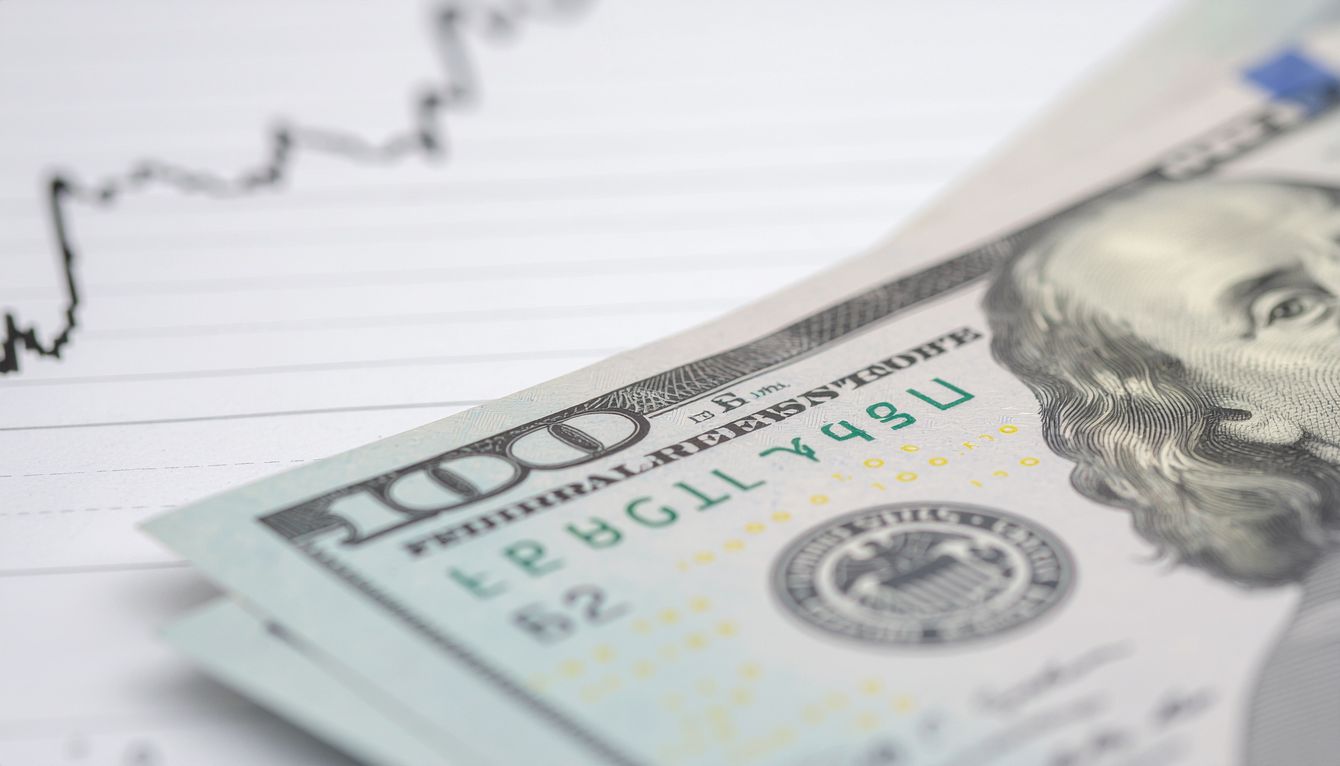(Kitco Commentary) - The US Dollar Index (DXY) has experienced unprecedented weakness this week, marking its lowest valuation against major trading partners since February 2022. This four-day consecutive decline represents the most sustained dollar weakness since March, creating ripple effects across the precious metals and reveals the possibility of sophisticated institutional positioning strategies amid evolving Federal Reserve policy expectations.
The dollar’s sustained deterioration, characterized by four consecutive bearish sessions, reflects a confluence of monetary policy uncertainty and political dynamics that transcend traditional currency valuation models. The index's retreat to February 2022 levels signals a fundamental recalibration of dollar strength assumptions, driven by multifaceted pressures that extend beyond conventional economic indicators.

Key observational frameworks reveal multiple concurrent influences including Federal Reserve policy communication gaps, political succession uncertainty effects, institutional positioning realignment, and cross-currency relative value adjustments. This technical breakdown suggests institutional investors are reassessing dollar positioning amid structural uncertainty, creating opportunities for sophisticated multi-dimensional investment strategies.
Chairman Powell's semi-annual congressional testimony generated notable market disappointment, as his measured approach failed to align with trader expectations for dovish policy signals. Powell's reiteration of the Fed's "wait and see" posture, without providing clear guidance regarding potential July rate adjustments, has created a policy vacuum that currency markets are interpreting as prolonged restrictive monetary conditions.
The absence of explicit dovish communication has paradoxically weakened the dollar, suggesting market participants had positioned for more accommodative rhetoric. The Wall Street Journal's reporting regarding President Trump's consideration of announcing Chairman Powell's replacement as early as September has introduced political uncertainty into monetary policy expectations.
This potential acceleration of the traditional three-to-four-month transition timeline could fundamentally alter Federal Reserve independence dynamics and create anticipatory policy effects months before actual leadership changes.
The political pressure surrounding interest rate policies has created a complex environment where market expectations incorporate political succession probabilities, central bank credibility faces external challenges, policy continuity assumptions require recalibration, and institutional independence becomes a market variable. These dynamics suggest currency markets are pricing political risk premiums that extend beyond traditional economic fundamentals.
Gold's muted response to dollar weakness reveals market dynamics that transcend just the inverse correlation assumptions. Despite significant dollar deterioration, gold prices remained flat through 5:00 PM ET, indicating that absent dollar weakness, precious metal prices would have declined substantially.

The divergence between gold futures and spot markets provides insights into market expectations. Gold futures' breach below the 50-day Simple Moving Average, with the technical level now acting as resistance, contrasts sharply with spot gold's recovery above this key technical threshold. This discrepancy suggests near-term bullish spot positioning expectations and medium-term futures market caution.
Silver's exceptional performance, gaining 1.18% in spot markets to $36.55 and 1.26% in futures to $36.56, demonstrates remarkable independence from gold correlation patterns. The technical breakthrough near $36.83 represents a significant resistance level that silver futures have exceeded only once in the past twelve years. This historical context suggests structural supply-demand imbalance implications, industrial demand considerations, monetary policy hedge positioning, and technical breakout sustainability factors.
The current market environment suggests that traditional linear relationships between currencies and precious metals require recalibration to accommodate political and policy variables.
For those who wish to learn more about our service, please click here
Wishing you as always. good trading,

